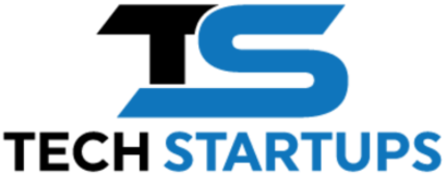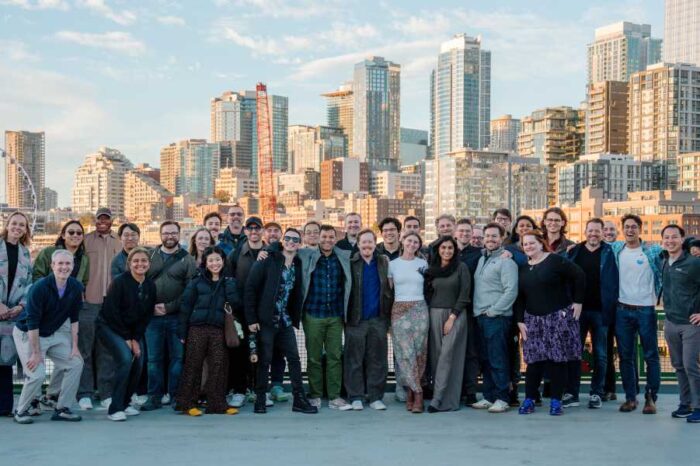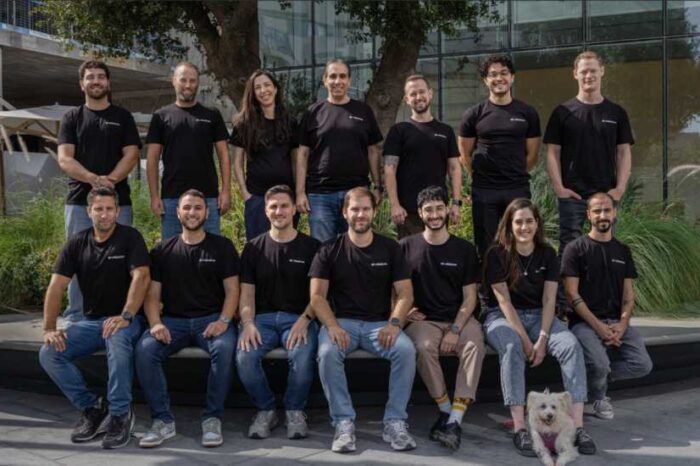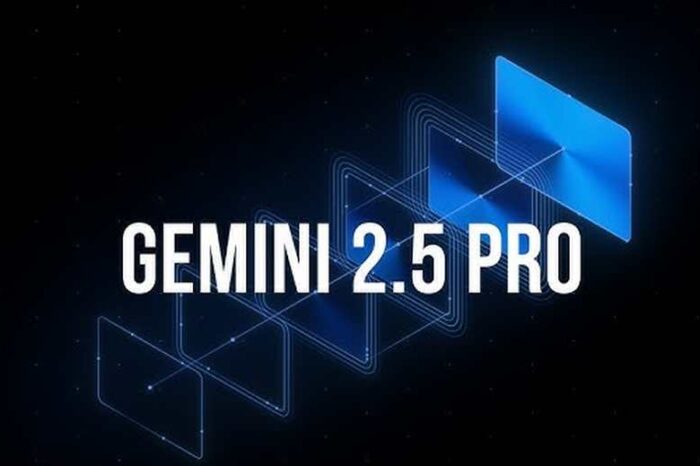OpenAI launches native image generation for ChatGPT—No DALL·E deeded, and it’s open to everyone
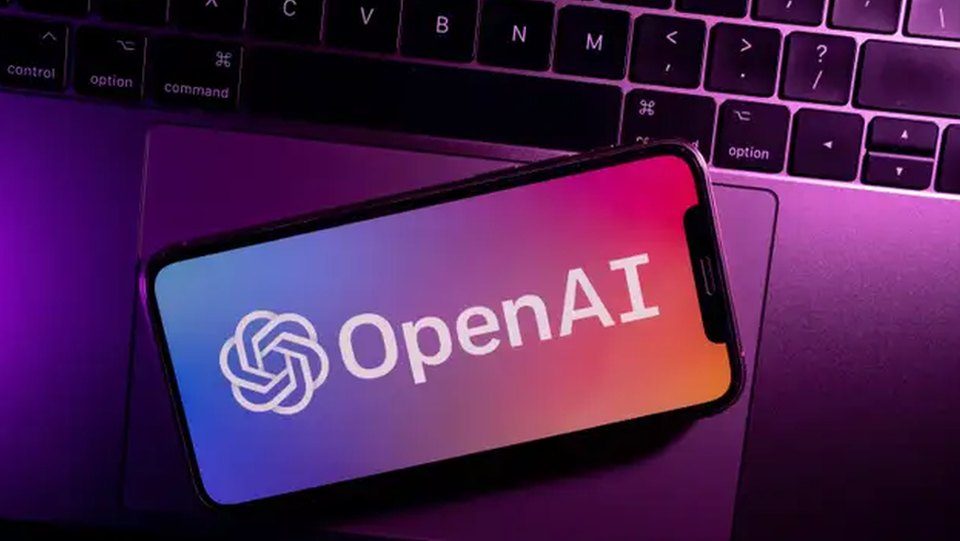
OpenAI rolled out a major upgrade to ChatGPT, and it’s available to everyone. On Tuesday, the company announced the launch of native image generation powered by its GPT-4o model, allowing users to create images directly within the ChatGPT app—no need for external tools like DALL·E.
The feature is already live and open to all users, including those on the free tier, making image creation faster, smoother, and fully integrated into the chat experience.
“4o image generation has arrived. It’s beginning to roll out today in ChatGPT and Sora to all Plus, Pro, Team, and Free users,” OpenAI said in a post on X.
4o image generation has arrived.
It’s beginning to roll out today in ChatGPT and Sora to all Plus, Pro, Team, and Free users. pic.twitter.com/pFXDzKhh2t
— OpenAI (@OpenAI) March 25, 2025
Text-to-Image, Built Right In
Before this, image requests were routed through a separate model. Now, GPT-4o handles everything natively. That means better accuracy, faster output, and images that match the prompt more closely. Want a specific aspect ratio, a certain color in hex, or a transparent background? Just say so, and it’ll generate what you need in under a minute.
One big win here is consistency. The model can keep characters looking the same across multiple images, render text that’s actually readable, and follow detailed prompts with more precision.
OpenAI isn’t the only one experimenting with this. Google recently tested native image output in its Gemini 2.0 Flash model. But OpenAI might’ve just leapfrogged ahead by rolling this out to everyone at once.
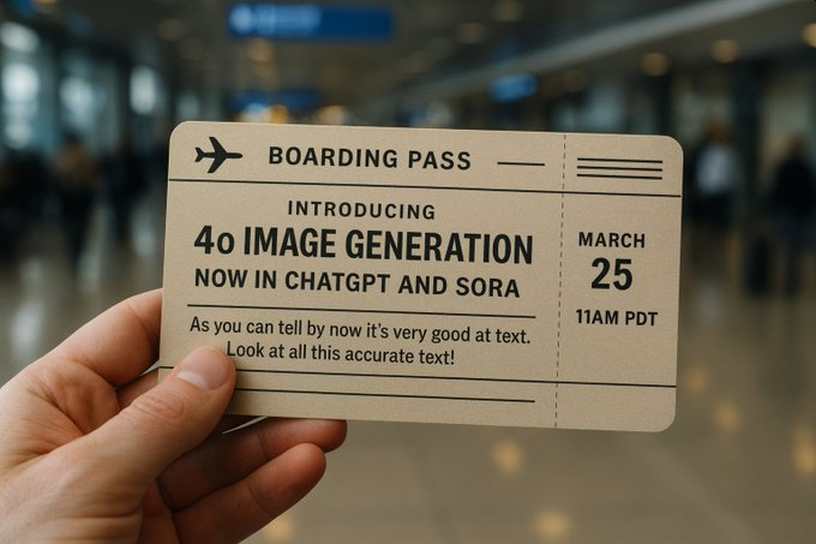
Users Are Already Impressed
The news hit X (formerly Twitter) fast. @danshipper called it “AWESOME.” @stevenheidel posted examples that looked surprisingly detailed. @risphereeditor pointed out how GPT-4o can now keep characters consistent without calling on outside models. And @MarioNawfal quoted OpenAI’s CEO Sam Altman, who described the rollout as “a new high-water mark” for the company.
One of the more popular reactions came from @adonis_singh, who confirmed that native image generation was already available and working in the app. That level of accessibility has made a strong impression—it’s rare to see this kind of feature available to both free and paid users right from day one.
How It Works
The update makes things feel more natural. Instead of writing new prompts for every little tweak, you can just tell ChatGPT to change something mid-conversation—like adjusting colors or adding a new element. It’s a small shift, but it makes the process a lot more user-friendly.
There’s real utility here too. The Verge noted examples like generating labeled diagrams for Newton’s prism experiment or multi-panel comics with consistent characters. OpenAI also integrated this into Sora, its video-generation tool, so the same tech can power both still images and animations.
Built-in Limits and Safeguards
OpenAI has added measures to reduce misuse. Images come with C2PA metadata, so their AI origin can be verified. The model also blocks content like nudity and graphic violence—lessons learned from earlier issues, such as the Taylor Swift deepfake that circulated a while back.
The Verge pointed out that OpenAI’s approach contrasts with others like Google’s Gemini, which came under fire for removing watermarks. OpenAI’s team says they’re taking a stricter approach on this front.
Where This Puts OpenAI
With this launch, OpenAI is pulling ahead in the AI tools race, especially in making advanced features widely accessible. As other players like Google and xAI (Elon Musk’s AI project) push their own models, the pressure is clearly on.
Investing.com noted that having both image and text handled by the same model gives GPT-4o an edge—it feels smarter, more cohesive. But OpenAI says it’s still a work in progress, with more updates to come.
What It Means for You
Whether you’re making logos, scientific diagrams, or just messing around with visual ideas, the possibilities are a lot more open now. Tools like this used to be reserved for pros or paid tiers. That’s changed.
Seeking Alpha mentioned how this image generation upgrade—and its integration into both ChatGPT and Sora—signals OpenAI’s push to unify its tools. It’s trying to create a platform where everything works together, not as a collection of disconnected features.
Looking Ahead
OpenAI dropped this feature right as competitors were releasing their own upgrades, which makes the timing pretty interesting. Google showed off its Gemini 2.0 Flash earlier this month, which focused on speed and style adjustments. But is OpenAI offering this to all users out of the gate? That’s a big play.
Enterprise and education versions are expected soon, according to Bloomberg. So more updates are likely around the corner.
Final Thoughts
OpenAI’s move here is bold. They’ve taken a complex feature and made it simple enough for anyone to use. That’s the kind of shift that changes how people use AI in everyday life—whether it’s for work, side projects, or just curiosity. If you’re a regular ChatGPT user, it’s worth checking out. You can now talk to your AI assistant and have it sketch things for you—no extra tools are required.
